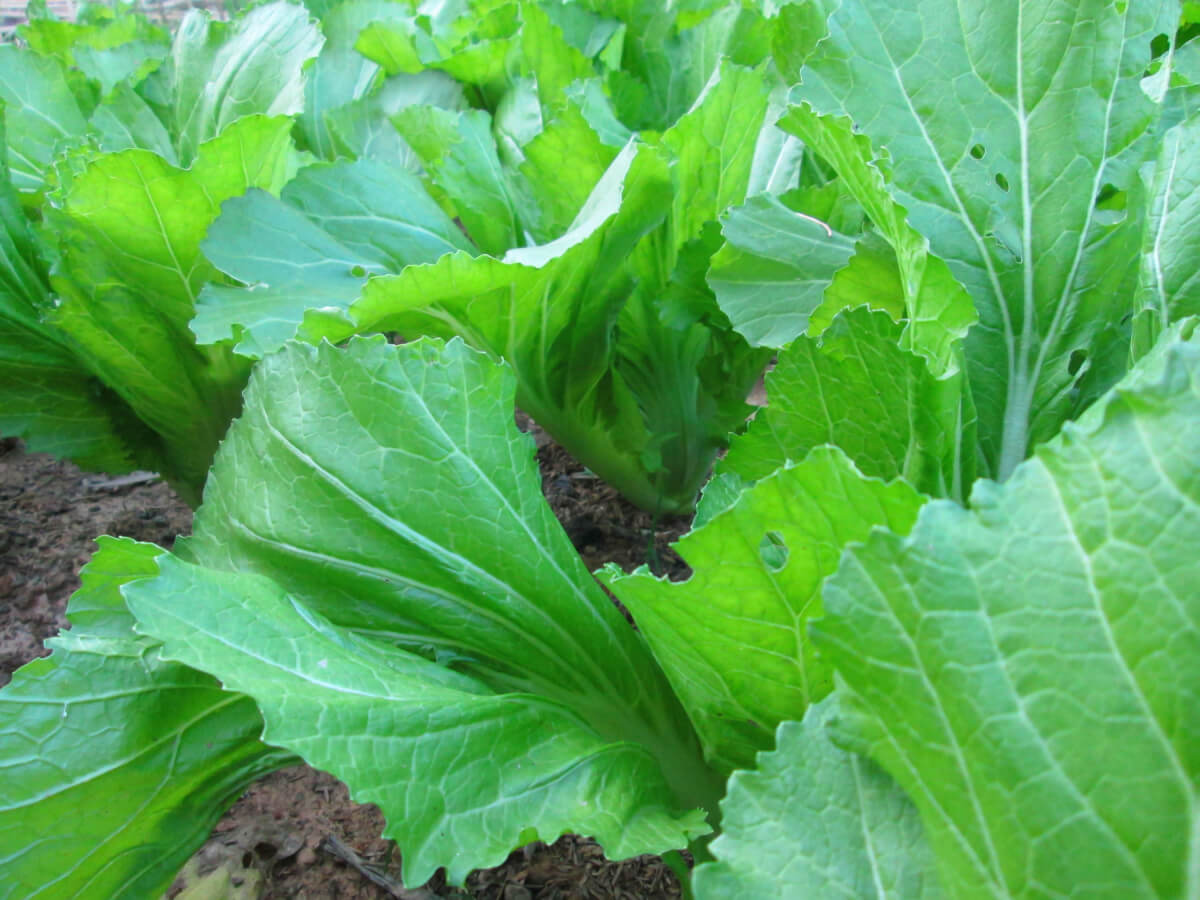HOW TO MAKE THE MOST OF YOUR INVESTMENT
Think that planting an edible garden will automatically save you big bucks at the farmer’s market or grocery store? Think again.
Once you factor in costs for seeds, seedlings, fertilizer, soil amendments, pest control, irrigation and your own sweat equity, your backyard produce may be costing you more than it is saving.
Here are my suggestions for high-return-on-investment plants to consider this spring and summer:
But if you’re willing to forgo perfection, growing at least some of your own produce will indeed slash your grocery bills, and maybe even your gym or therapy bills. A day in the garden gives many of us an unparalleled sense of physical and mental wellbeing that mere money can’t buy.
True Story:
When author William Alexander added up all he’d spent on his backyard garden, he calculated he’d spent $64 to produce each one of his season’s Brandywine tomatoes. (Read about all the lessons he learned in The $64 Tomato: How One Man Nearly Lost His Sanity, Spent a Fortune, and Endured an Existential Crisis in the Quest for the Perfect Garden.)
LEAF LETTUCES AND MICROGREENS. Five dollars buys you an assortment of lettuce seeds that yields tasty, fresh salads all season. At the grocery store, $5 buys you one—maybe two—containers of “salad mix.”
And lettuces you pick from your garden right before your prepare your salad are going to be so much tastier than what you’ll find in the store.
Growing Tips
- Don’t grow head lettuces at first. Instead, start with easier leaf lettuce varieties like looseleaf, as well as other salad greens such as arugula, mesclun mix, and microgreens. Many seed companies mix several varieties into one seed packet so that you can grow a mixed green salad from one seed packet.
- Grow lettuce during cool weather of spring or fall. If you don’t have a yard, sow your lettuce seeds in a container on a sunny area of your patio or balcony. It will do very well there.
- Don’t plant lots of lettuce seeds at once unless you have a big family to feed. Start a small batch and pick leaves often. When your current lettuce crop looks like it’s beginning to bolt (is sprouting flowers), plant some new seeds for your next crop.
FRESH HERBS. Nothing makes a dish special like fresh herbs. Yet a small, two-ounce package of an herb like dill, basil, sage, thyme, mint, or oregano costs $3 at my grocery store.
The irony? Herbs are cheap to buy and very easy to grow. You can start them from seed or buy young plants for $1-2 a piece, and each one of those little plants will yield 50 or 60 of those $3 grocery store packets. And the bonus? Your harvest will be fresher and more pungent than what you can buy at the store.

Growing Tips
- When deciding which herbs to plant, think about which ones best complement your favorite cuisines.
Some herbs, like chives, mint, oregano, and thyme are perennial and come back year after year. Other herbs, like Italian basil, Thai basil, parsley, cilantro, and dill are annuals and must be planted every season (unless you can get them to self-seed). Though most herbs grow best in hot weather, I find parsley and cilantro grow best in spring and fall in my North Carolina garden.
- Though you can grow most herbs in or near your vegetable garden, keep the perennial mints and oreganos in a separate area or they will take over.
- Herbs are so easy to grow, you will always end up with extra. If this happens and you feel a frost coming, you can dry them, freeze them, or make pestos to last you through the winter.
SMALL TOMATOES. Yes, some heirlooms can turn out to be “$64 tomatoes,” but other tomatoes are cheap and easy to grow. While larger tomatoes can crack in response to changing weather conditions, smaller tomatoes are lower maintenance.
Growing Tips
- Tomatoes are very easy to start inside from seed. I always choose several varieties to grow each year because if one variety does badly one summer, you can bet another variety will do great. I always plant a few varieties of cherry tomatoes including Sungold, which is sweet and delicious. Roma tomatoes are also small enough to withstand cracking.
Simple Ways to Slash Gardening Costs:
Start seeds inside. Seeds are cheaper than plants. And, if you don’t use the whole packet of seeds, stash the packet in the fridge to use next planting season.
Reduce your water bill by setting up a rain barrel system to irrigate your garden during dry times.
Compost. It’s cheaper than buying fertilizer.
Tip:
To ward off tomato pests naturally and cheaply, plant a small, inexpensive flat of marigolds near your tomato plants.


